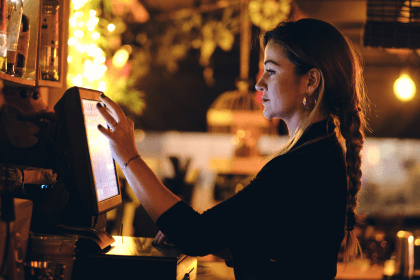
How to make restaurant food delivery profitable
January 4, 2023
While delivery offers a host of benefits for restaurants, including customer acquisition and satisfaction, it’s essential to uncover the expenses that come with running a bustling restaurant food delivery service.

It’s 7 pm, the tables at your restaurant are full, and you even have customers waiting to be seated outside.
On top of this, online orders are constantly streaming in. It’s one of the busiest nights at your restaurant.
Although you scheduled plenty of staff to wait on your customers and cook the food, you’re struggling to fulfill your delivery orders.
You only have a team of two delivery drivers because every other night is too slow to have a larger team.
The orders for takeaway become a low priority, and eventually, your restaurant shuts down online ordering for the night.
Overall, with a full house and profits flowing in, this sounds like a good problem to have as a restaurant business owner, right?
On the contrary, this is a hidden problem in your restaurant that has continued to grow alongside the rise in popularity of online delivery.
Restaurants being overwhelmed by takeaway orders and having to shut down online ordering is an issue that has risen since the spike in food delivery after the pandemic.
Although it sounds like a good thing for a restaurant to experience, having to reject online orders can affect a restaurant’s rating, profits, and the number of happy customers.
With so many food and marketplace delivery platforms available, it doesn’t make much sense that restaurants would have to reject online orders.
Multiple third-party apps are widely available to food service establishments in many countries. However, they are often not a great financial decision for restaurants.
Due to the incredibly high delivery costs from third-party apps, more restaurants are choosing not to use them.
Restaurants want to avoid unnecessary fees that cut into profit margins and therefore opt to use alternative delivery options; which likely means they’re turning towards using an internal delivery service.
Restaurants lose control of the delivery experience when using delivery driver apps, so owning the process ideally increases the chances of a positive delivery experience for their customers.

Customers are also aware of the problems of third-party delivery platforms, and a majority report that they prefer to order directly from the restaurant.
After all, loyal customers typically want to better support their favorite restaurants.
Third-party delivery apps also are notorious for high fees and bad experiences on the customer side.
Restaurants often have to inflate the prices of menu items and pass on the delivery app rates to customers to make a profit, resulting in customers paying upwards of 30% more than they would when dining in.
Also, who hasn’t had at least one poor delivery experience where they received a cold meal from a takeaway order that took too long to arrive?
Despite customer support, improved delivery experience, and better profits, restaurants still struggle to own their delivery channel because they lack an efficient food delivery strategy.
If a restaurant chooses to own its delivery process, the first issue it may run into is hiring drivers; with the increased demand for delivery, it is difficult to find available and reliable restaurant delivery drivers while other restaurants are looking for the same.

Delivery agents are often offered low wages and little incentive, making this a difficult position to fill. If this issue isn’t enough on its own, the turnover rate in the restaurant and hospitality industry is currently very high, and more than double the national rate for all industries at 6.8%.
Lest we forget that buying a fleet of vehicles for internal delivery service is also costly.
Once a restaurant finds reliable delivery drivers and trains them, they still may run into delivery problems. Here are a few scenarios that can occur, often leading to a spike in demand, and a dip in fulfillment rates:
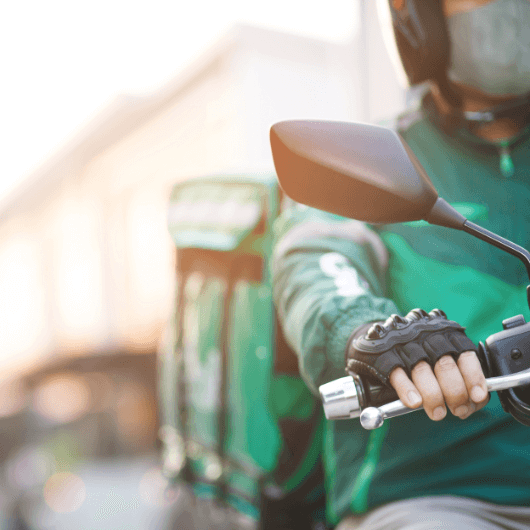
When restaurants get too busy they may have to start rejecting takeaway orders- so how often does this occur and how bad is this problem?
This situation typically occurs at enterprise-level restaurants that have a total of 50 or more locations. While this issue may be small-scale for an independent establishment, larger establishments or chain locations can reject up to thousands of orders per week.
Worse again, the loss from shutting down online ordering doesn’t just affect a single location – franchisees often pass on a portion of the loss to HQ, affecting the brand as a whole.
Restaurants reported rejecting up to 7% of delivery orders during peak trading hours before using the VROMO overflow feature.
And so begs the question, what might that look like in profit losses for a restaurant?

For example, say a medium-sized chain establishment receives 4,000 online orders per week, totaling $100,000.
On peak days when online orders are highest, that would roughly translate to a restaurant rejecting 280 online orders and losing out on $7,000.
This is only calculating monetary losses. Customers are also affected when those 7% of delivery orders are canceled. They choose online ordering for the sake of convenience and take the time to select your restaurant and create a custom order.
Even if their order is canceled just once, they will never forget this negative delivery experience.
And after a negative experience and thousands of other restaurants to choose from, why would they go back to yours?
According to Grubhub, if an order is canceled, customers are significantly less likely to order from that restaurant again.

The ideal situation for restaurants is to be able to use their internal delivery fleet most of the time, and then use a third-party delivery fleet for unpredictable spikes in delivery orders.
For a seamless experience like this, a restaurant can use delivery management software to redirect excess orders to a third-party fleet, either to major marketplace players like Uber Eats or to smaller fleets like Skipcart or Deliverthat, to fulfill the order that their drivers cannot take.
This solution is called delivery overflow, and it not only helps to increase fulfillment rates, but it also can aid in reducing the cost of your delivery operation by up to 24% due to exclusive delivery rates offered through a delivery management software provider like VROMO.
But don’t just take our word for it, see how Stoner’s Pizza Joint do it!

One of the biggest challenges restaurant owners face is providing an exceptional customer delivery experience.
It should be a good problem that your restaurant is so busy that it has to reject takeaway orders – but the reality is that negatively impacts your experience for customers, profits, and reviews.
Better driver management as a result of using delivery overflow means that you can prioritize your own drivers and only use third-party delivery apps when necessary.
Instead of rejecting thousands of dollars in orders every week, your restaurant can implement a food delivery management software provider to get the best of both worlds.
Meaning you can prioritize your internal fleet and only use delivery partners when necessary, all while increasing profits, fulfillment rates, and providing a 5* customer experience.
If you’re looking for more ways to avoid the hidden costs that come with running a delivery channel, check out our eBook for the 4 best practices for building an efficient delivery process.
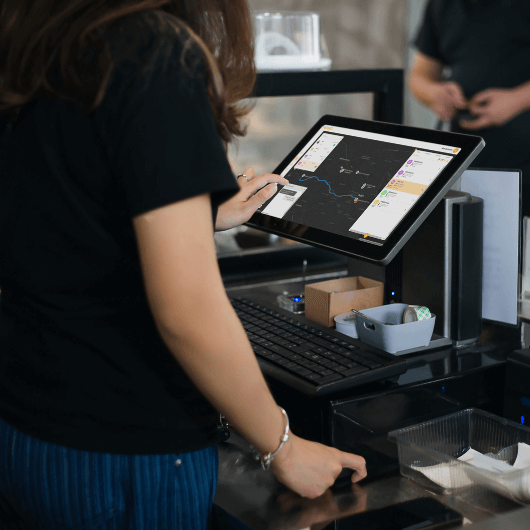
Deliver more for your customers with reliable food delivery management software that automates dispatch, improves customer experience and increases profitability with ease.

January 4, 2023
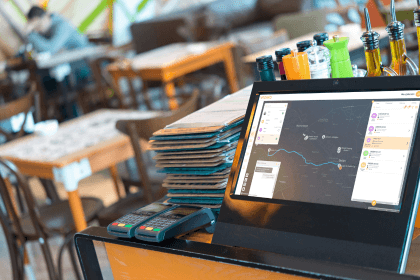
September 4, 2022
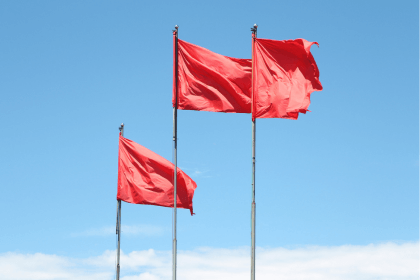
May 1, 2023